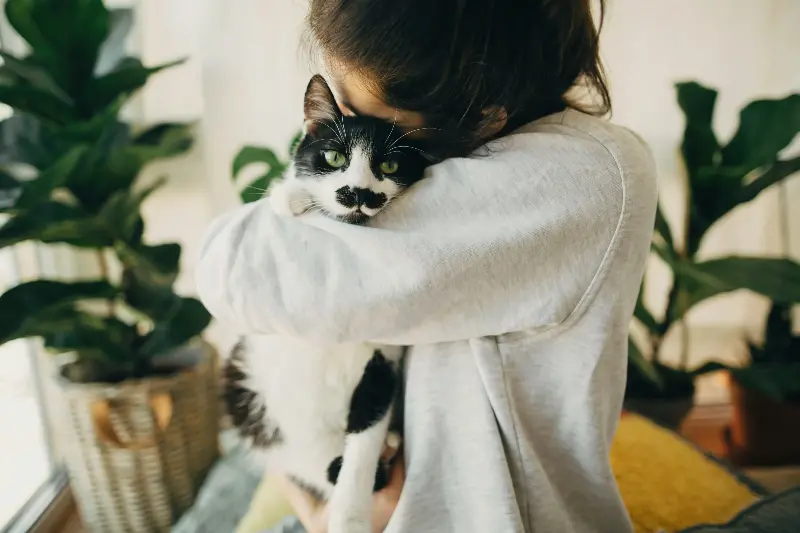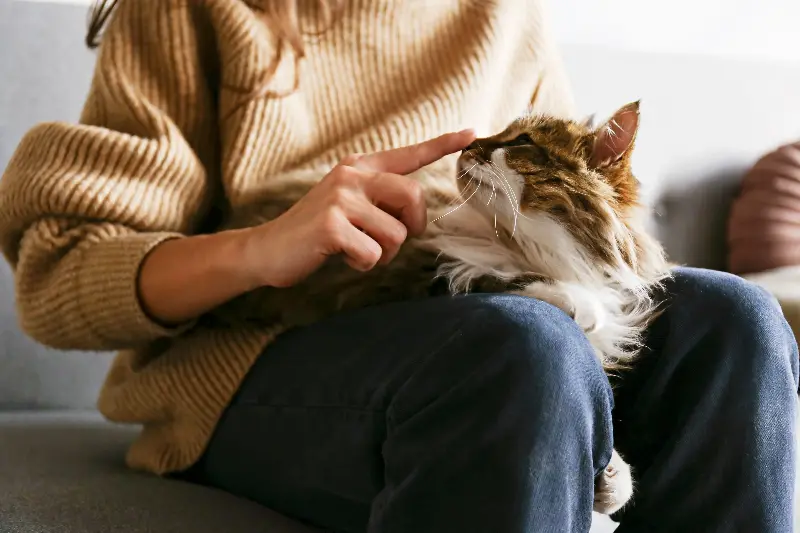
Anxiety isn’t just a human issue—it’s something our feline companions can experience, too. While many cat lovers see their pets as independent and cool under pressure, research has shown that cats are actually sensitive creatures who can suffer from stress, fear, and anxiety. Recognizing the signs and taking proactive steps can help ensure your beloved kitty lives a happier, healthier, and more harmonious life.
Understanding Feline Anxiety: What Really Makes Cats Worry?
Just like people, cats get anxious for a variety of reasons. Moving to a new house, the addition of new pets or people, medical issues, loud noises, or even a change in their favorite sleeping spot can make them feel uneasy. Some breeds, like Siamese and Burmese, can even be genetically predisposed to heightened anxiety.
Unlike dogs who might bark, whine, or hide, cats can show stress in more subtle, often confusing ways. Some common behavioral clues your kitty may be grappling with anxiety include sudden aggression, hiding for hours, overgrooming or bald patches, refusing to eat, increased vocalization, spraying outside the litter box, or a general withdrawal from their usual playful antics.
Knowing your cat’s baseline personality is key. A playful, sociable feline who suddenly becomes aloof or a chatty one who turns silent might be trying to tell you something is wrong.
The Science Behind Cat Anxiety
Recent studies reveal fascinating facts about cat psychology. When anxious, cats produce increased amounts of cortisol—the classical stress hormone. Chronic high levels of cortisol are linked to immune suppression and health issues like cystitis (inflammation of the bladder), which is remarkably common in stressed felines.
Environmental factors play a significant role. A study conducted by Ohio State University found that cats living in unpredictable environments displayed more signs of anxiety and were more likely to develop stress-related illnesses. On the brighter side, providing cats with mental stimulation and predictability dramatically reduced those signs.

Simple Steps to Spot Feline Anxiety Early
Prevention starts with keen observation. Regularly track your cat’s appetite, grooming habits, interactions, and use of the litter box. Changes almost always signal that something isn’t quite right.
A cat suddenly spending most of the day under the bed, eating less, or excessively cleaning themselves should prompt a closer look. In multi-cat households, fighting or bullying between cats could mean someone is feeling anxious. Even gentle signs such as sneaking away when company arrives or hesitating to use the litter tray can indicate underlying stress.
Look out for physical symptoms as well. Lethargy, frequent vomiting with no medical explanation, patchy fur, or mysterious weight changes can all be connected to stress.
Proven Ways to Keep Your Cat Calm and Content
The good news is there are tangible, science-backed actions every cat owner can take to minimize feline anxiety.
Routine is your ally. Cats love predictability. Feed them, play with them, and clean their litter box at roughly the same times each day. If you must move or change their environment, try to do it gradually rather than all at once.
Enrichment is important. Provide cats with vertical spaces like shelves or cat trees—they love surveying their world from above. Interactive toys, puzzle feeders, and regular play sessions simulate hunting behaviors, keeping both mind and body active.
Safe spaces make a world of difference. Create hideaways such as covered beds or cardboard boxes in quiet spots where your cat can retreat if things get overwhelming. Even a simple warm towel in a corner can be their little zen haven.
For homes with more than one feline, ensure there are enough resources to go around—think multiple litter boxes, scratching posts, food and water bowls placed far enough apart to avoid rivalry. A rule of thumb: one per cat, plus an extra.
Don’t underestimate the power of scent. Cats communicate and comfort themselves through smell. Leave worn clothing with your scent or use pheromone diffusers which mimic their natural facial pheromones. Studies show these products can significantly calm stressed cats.

When to Seek Professional Help
Sometimes, anxiety in cats is rooted in a medical issue—pain, arthritis, hyperthyroidism, or dental problems can manifest as behavioral changes. Always rule out a health problem with your veterinarian if new symptoms appear.
For persistent anxiety issues, a vet or certified animal behaviorist can develop a tailored plan. In some severe cases, short-term anti-anxiety medications or behavioral therapy can help restore balance. The sooner the intervention, the better the outcome for both you and your feline friend.
Building a Bond for a Calmer Cat
The emotional connection you share with your cat is one of the most powerful tools in preventing anxiety. Spend quality time daily, respect their boundaries, and talk to them in a calm, gentle voice. Most cats find comfort in routine affection, gentle petting, and just being nearby their favorite humans.
Respecting your cat’s unique personality and tuning into their cues ensures a happier, more secure furry friend. A stress-free cat is more playful, sociable, and enjoys a longer, healthier life by your side.
By staying attentive and proactive, every cat parent can help their feline companion not just live, but thrive—purring proof that happiness really is a shared journey.
